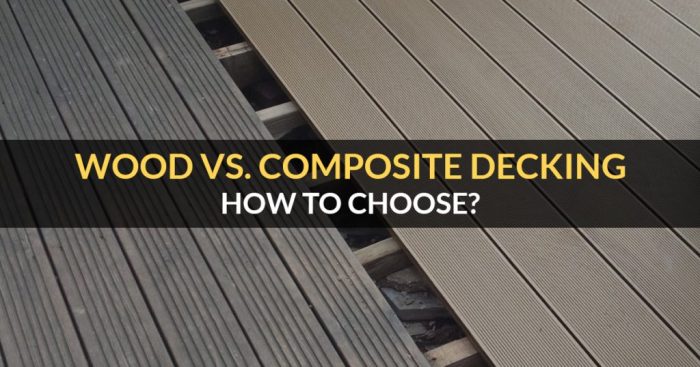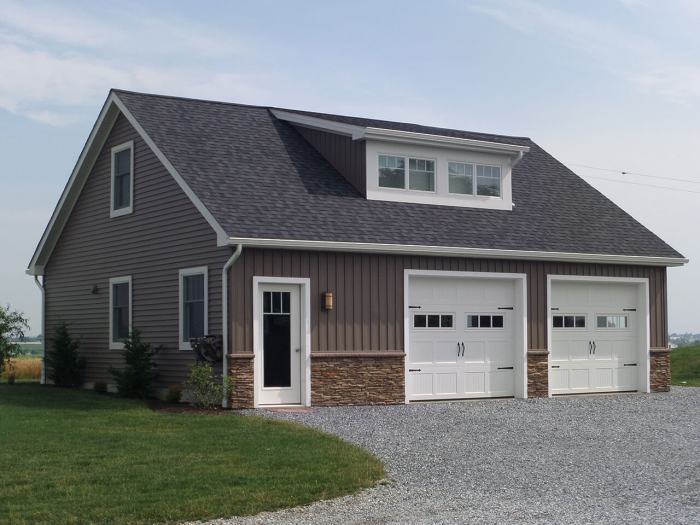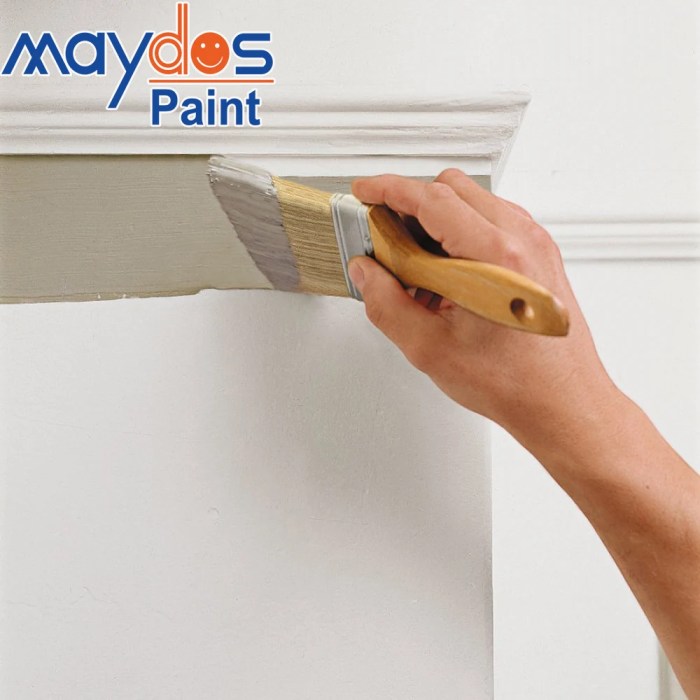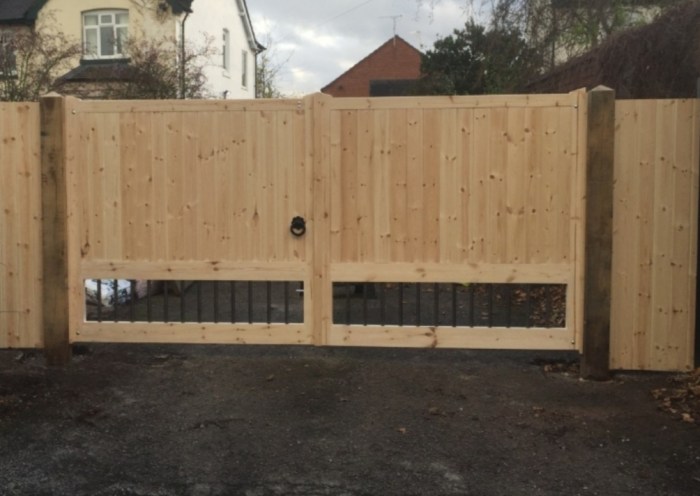Composite vs wood decking sets the stage for this enthralling narrative, offering readers a glimpse into a story that is rich in detail and brimming with originality from the outset.
As we delve into the world of decking materials, exploring the pros and cons of composite and wood options, a wealth of information awaits to guide you through this decision-making process.
Composite Decking
Composite decking is made from a combination of wood fibers and recycled plastic. These materials are mixed together and formed into boards that mimic the look of traditional wooden decks.
Durability
Composite decking is highly durable and resistant to rot, mold, and insects. Unlike wood decking, composite boards do not splinter, warp, or crack over time, making them a long-lasting option for outdoor spaces.
Maintenance Requirements
One of the main advantages of composite decking is its low maintenance requirements. Unlike wood decks that need to be stained, sealed, and regularly treated, composite decks only need occasional cleaning with soap and water to keep them looking great.
Popular Brands
- Trex: Known for its high-performance, eco-friendly composite decking options.
- Timbertech: Offers a variety of styles and colors in composite decking materials.
- Fiberon: Provides composite decking with a realistic wood grain appearance.
Wood Decking
Wood decking is a popular choice for outdoor spaces due to its natural look and feel. There are several types of wood commonly used for decking, each with its own characteristics and benefits.
Types of Wood
- Cedar: Known for its natural resistance to rot and insects, cedar is a popular choice for decking. It has a warm color and pleasant aroma.
- Pressure-treated Pine: This affordable option is treated with chemicals to resist rot, decay, and insects. It can be stained or painted to enhance its appearance.
- Redwood: With a rich color and natural resistance to decay, redwood is a durable and attractive choice for decking. It requires regular maintenance to preserve its color.
Cost Comparison
Wood decking is generally less expensive upfront compared to composite decking. However, the ongoing maintenance costs can add up over time, including staining, sealing, and repairs. Composite decking, on the other hand, requires minimal maintenance.
Environmental Impact
Using wood for decking raises concerns about deforestation and the depletion of natural resources. However, sustainably sourced wood can be a more environmentally friendly option. It is important to choose certified wood products to support responsible forestry practices.
Maintenance Needs
Wood decking requires regular maintenance to protect it from the elements and preserve its appearance. This includes cleaning, staining, sealing, and potentially repairs for rot or insect damage. Failure to maintain wood decking properly can lead to premature deterioration and the need for replacement.
Installation Process
When it comes to installing decking, whether it's composite or wood, the process is crucial to ensure a long-lasting and durable deck. Let's dive into the installation process for composite decking and compare it to wood decking.
Tools and Materials Required for Installing Composite Decking
Installing composite decking requires a few essential tools and materials to get the job done efficiently. Here are some items you will need:
- Composite decking boards
- Composite deck screws
- Drill/driver
- Tape measure
- Level
- Circular saw
- Decking clips (optional)
Comparing the Installation Process of Composite Decking to Wood Decking
The installation process for composite decking is usually easier and faster compared to wood decking. Composite boards are often designed to be easy to work with and require less maintenance over time. Unlike wood, composite decking boards do not require staining, sealing, or painting, making the installation process more straightforward.
Tips for Ensuring a Successful Installation for Both Composite and Wood Decking
- Follow the manufacturer's guidelines and instructions for installation.
- Ensure the substructure is properly built and level before installing the decking boards.
- Leave adequate space between boards to allow for expansion and contraction.
- Use high-quality tools and materials to ensure a long-lasting installation.
- Regularly clean and maintain your deck to prolong its lifespan.
Aesthetics and Design

When it comes to the aesthetics and design of decking materials, both composite and wood decking offer unique characteristics that can enhance the look of outdoor spaces.Composite decking is known for its modern and sleek appearance, often mimicking the look of real wood but with added durability and low maintenance.
It comes in a wide range of colors and finishes, allowing homeowners to choose a style that complements their home's exterior design.
Design Options for Composite Decking
Composite decking offers a variety of design options, including different board widths, textures, and patterns. Some manufacturers even offer composite decking boards that resemble exotic hardwoods or have a more contemporary look.
The Natural Look of Wood Decking
Wood decking, on the other hand, provides a classic and natural look that can add warmth and character to outdoor areas. The grain patterns and rich colors of wood decking create a timeless appeal that many homeowners appreciate.
Enhancing Different Styles of Homes
Composite decking is versatile and can enhance various styles of homes, from modern to traditional. Its customizable design options make it easy to create a cohesive look that complements the overall aesthetic of a property. On the other hand, the natural look of wood decking pairs beautifully with rustic, farmhouse, or traditional homes, adding a touch of charm and elegance to outdoor living spaces.
Final Summary
In conclusion, the debate between composite and wood decking continues to spark interest and raise important considerations for homeowners and outdoor enthusiasts alike. Whether you lean towards the eco-friendly allure of wood or the low-maintenance appeal of composite, the choice ultimately depends on your priorities and preferences.
FAQ Section
What are the main differences between composite and wood decking?
Composite decking is made from a mix of recycled materials and wood fibers, offering durability and low maintenance. Wood decking, on the other hand, provides a natural look but requires more upkeep.
Which decking option is more environmentally friendly?
Composite decking is considered more eco-friendly as it is often made from recycled materials and doesn't contribute to deforestation like wood decking.
What is the average lifespan of composite decking compared to wood decking?
Composite decking typically lasts longer than wood decking due to its resistance to rot, insects, and fading, offering a longer-lasting outdoor solution.
Are there any design limitations with composite decking?
Composite decking comes in a variety of colors and styles, but it may lack the natural warmth and texture of real wood, which is a consideration for those seeking a traditional look.
How do the costs of composite and wood decking installation compare?
While composite decking may have a higher upfront cost, it often requires less maintenance over time, potentially balancing out the initial investment in the long run.







